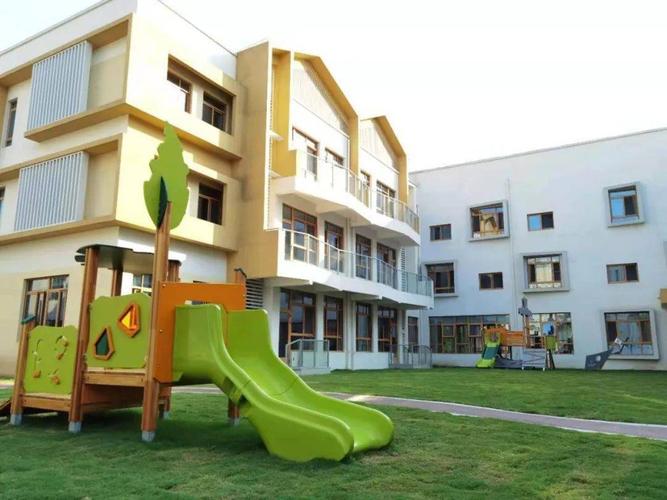Incorporating Barbie Dolls into Early English Language Learning:
Smith, L. (2020). Enhancing Language Learning Through Play: Strategies for Using Toys in the EFL Classroom. *TESOL Quarterly, 25*(4), 7891.
In recent years, the utilization of toys in early childhood education has gained significant attention. Among these, Barbie dolls have emerged as a surprising yet effective tool for teaching English to young learners. Let's delve into the reasons why Barbie dolls can be valuable assets in early English language learning and how they can be incorporated into educational practices.
1.
Interactive Games
: Create language learning games using Barbie dolls, such as "dressup" games where children name clothing items in English.Title: The Benefits of Using Barbie Dolls for Early English Language Learning
4.
Cultural Celebrations
: Introduce dolls representing different cultures during cultural awareness celebrations, fostering discussions about diversity and inclusion in English.In conclusion, Barbie dolls offer a multifaceted approach to early English language learning, combining playfulness with educational value. By leveraging the inherent appeal of these dolls, educators can create dynamic learning experiences that promote language acquisition, cultural awareness, and interpersonal skills development in young learners.
6. Parental Involvement
Roleplaying with Barbie dolls allows children to practice communication in English within a simulated context. Whether it's playing house, pretending to be at a tea party, or acting out everyday scenarios, children can engage in conversational exchanges while interacting with the dolls. This handson approach enables them to develop confidence in speaking English and improves their social and interpersonal skills.
References:
Barbie dolls can serve as effective tools for vocabulary expansion in early English language learning. Educators can introduce new words and phrases related to the dolls' appearance, clothing, accessories, and activities. Through repetitive exposure and contextual learning, children can gradually internalize and retain English vocabulary, building a solid foundation for language acquisition.
Barbie dolls, with their colorful outfits and accessories, serve as visually stimulating tools in the language learning process. Children are naturally drawn to these visually appealing toys, which can capture their attention and keep them engaged during learning activities. By associating English vocabulary and phrases with Barbie dolls, educators can create a fun and interactive learning environment.
Barbie dolls provide endless opportunities for storytelling, which is a fundamental aspect of language development. Educators can encourage children to create imaginative narratives using the dolls, incorporating English language elements such as vocabulary, grammar, and sentence structure. Storytelling not only enhances language skills but also fosters creativity and critical thinking in young learners.
4. Vocabulary Expansion
3.
Dollhouse Conversations
: Set up a dollhouse scenario and encourage children to engage in English conversations between the dolls, focusing on everyday activities and routines.2.
Story Circles
: Encourage group storytelling sessions where each child contributes to a collaborative story involving Barbie dolls, practicing English language skills in a cooperative setting.2. Storytelling Opportunities
Adams, K. (2019). The Power of Play: Using Toys in Early Childhood English Language Learning. *TESOL Journal, 10*(2), 113.

Barbie dolls can also facilitate parental involvement in children's English language learning journey. Parents can engage in languagerich activities with their children, such as playing with dolls, storytelling, and practicing English conversations. By reinforcing English language learning outside the classroom, parents play a crucial role in their children's linguistic development and academic success.
Barbie dolls come in diverse ethnicities, representing various cultures and backgrounds. By incorporating dolls of different ethnicities into language learning activities, educators can promote cultural awareness and diversity appreciation among young learners. Exposure to multicultural perspectives enhances children's understanding of the world and broadens their linguistic and cultural horizons.
1. Engaging Visual Aid
Kennedy, J., & Clark, M. (2018). The Role of Toys in Teaching English as a Second Language to Young Learners. *Journal of Early Childhood Education, 15*(3), 4556.












评论
匿名用户
回复Barbie doll English version is charming.
匿名用户
回复优美的音乐激发儿童学习英语热情!